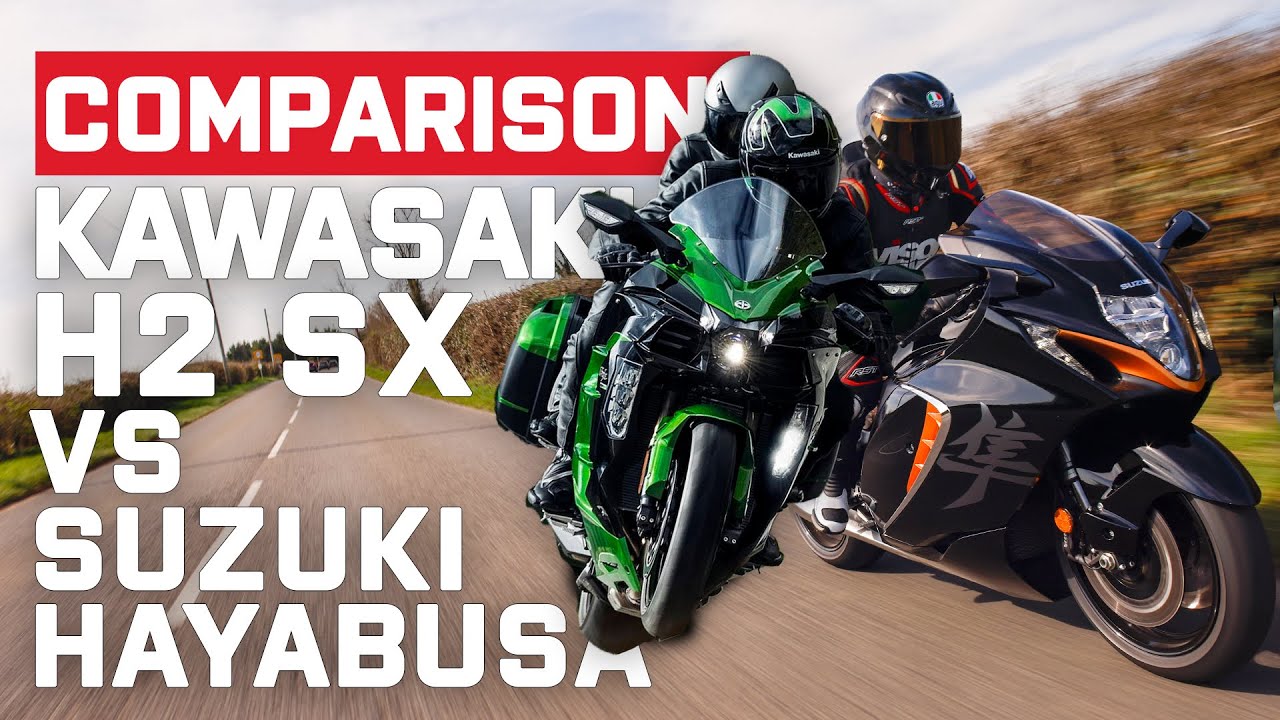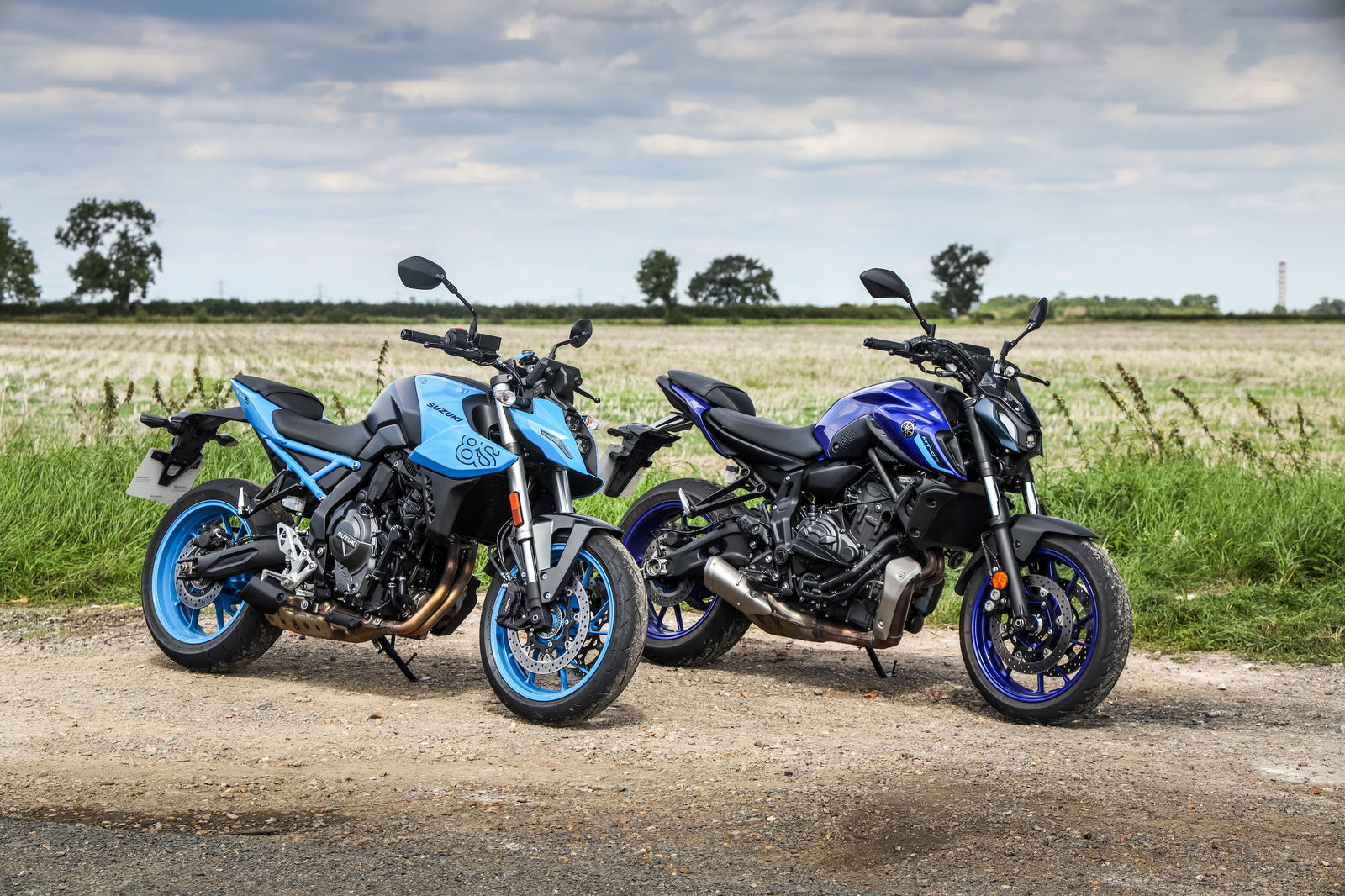Honda NT1100 vs Yamaha Tracer 9 GT | Best sports tourer motorcycle head-to-head
After the perfect tool for a touring motorcycle? There’s plenty out there to pick from - but you would be silly to not consider either the Yamaha Tracer 9 GT or Honda NT1100.

In the market for a new sports tourer this year? Or… just want to know what the best available motorcycle is right now, and love our content? Well, first of all, thank you that's very kind of you - and second of all, here’s our latest head-to-head comparison!
Before we get going, if you want a full in-depth review of either of these motorcycles, we have launch reviews for both on site and on YouTube: Yamaha Tracer 9 GT & Honda NT1100.
Now, let’s put them head-to-head and see which one comes out on top as the official Visordown best sports tourer motorcycle. Watch the video here, or read on…
Sports tourer head-to-head: Honda NT1100 vs Yamaha Tracer 9 GT
Engine
Both bikes borrow a motor from elsewhere in their respective ranges, the NT1100 taking the 1084cc parallel twin as known from the Africa Twin, and the Tracer 9 GT housing the famed CP3 triple from the MT-09 - where the Tracer was ‘birthed’ as an MT-09 variant back in 2014 (but has now really come into its own).
The NT1100 has a 270º crank, providing peak power figures of just over 100 bhp at 7500 rpm, and 104 Nm (76.7 lb-ft) at 6250 rpm. It can certainly push on with its 270º crank - but ride with the DCT in its auto setting and you’ll find it often err-ing on the side of smooth & calm. Don’t get me wrong, thousands of riders will attest to the twin being a great tool as seen in the Africa Twin, but catch it at low revs and you can find yourself chugging away until the revs tick up, where you find the mid-range pull.
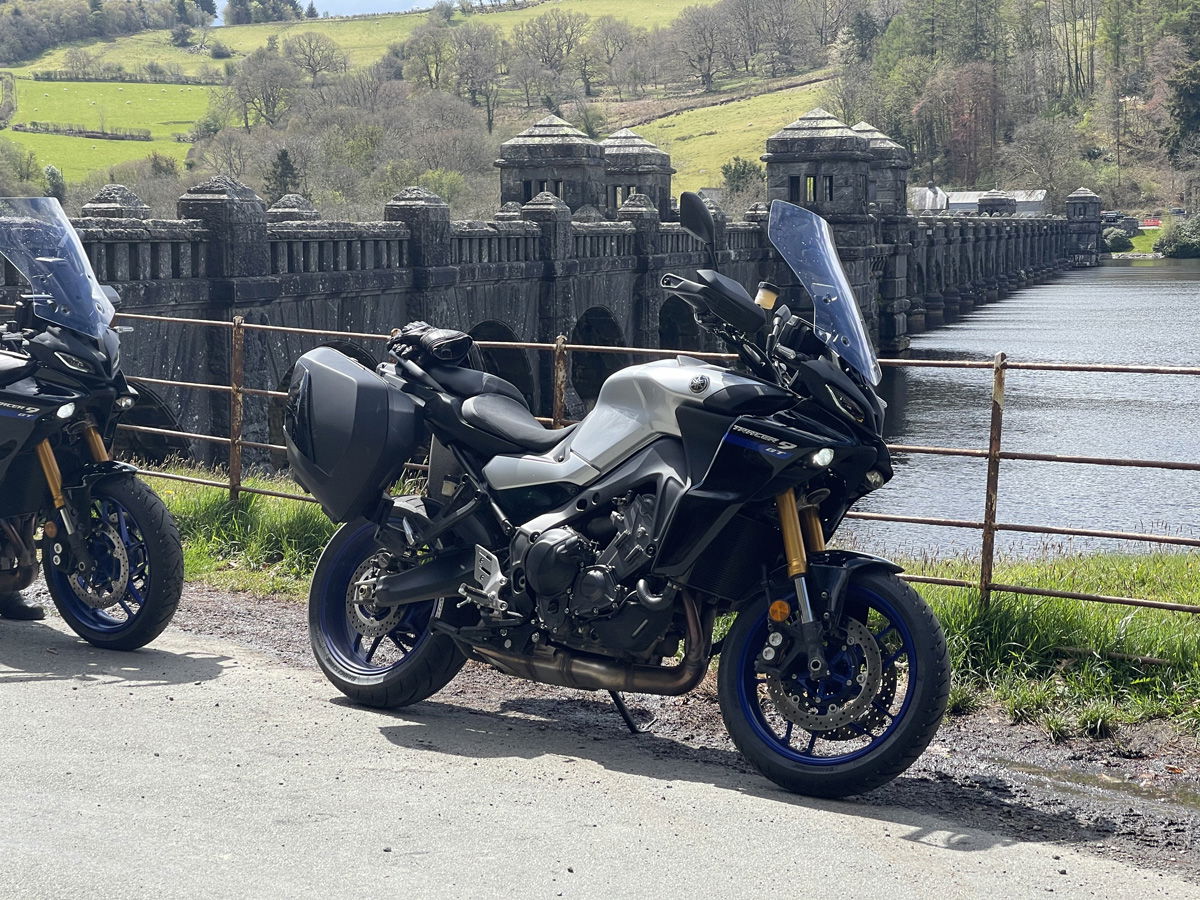
Whilst Tracer 9 GT has a slightly smaller 890cc CP3 (or crossplane) triple motor, it revs higher and provides 117 bhp at 10,000 revs, 93 Nm (68.5 lb-ft) at 7000 rpm. It can really put the power down effortlessly, and that triple motor is superb fun to ride. With varying rider modes to pick from you can effortlessly cruise two-up with luggage for a chill tour, or you can tuck in and put the Bridgestone Battlax T32 tyres to task. It all starts to feel a bit lary, and unreal fun.
Tracer 9 GT takes it, for me.
Handling
You’re positioned upright and neutral on both, and a happy place to be for long stints on motorways or ‘off-piste’ riding. Simply put, both are tremendously easy to ride.

Despite the NT’s 238kg (or 248kg with DCT fitted) weight, the front end feel is superb in corners, planted and sure-footed in all conditions with most of the weight carried low on the bike the semi-double-cradle steel frame with bolted-on aluminium subframe. 43mm Showa big piston forks with preload adjust (150mm stroke) & aluminium monoblock swinging arm is paired with with a pro-link Showa damper, preload adjust and 150mm travel.
Shorter riders will manage with the 820mm seat, It feels versatile and stable, and twin radially-mounted 4-piston calipers with 310mm discs up front (256mm rear) on the 17 wheels are dialled in superbly, it’s smooth and effortless to ride with no excessive diving under braking.
Moving to the Tracer, it’s certainly more lightweight and ‘sporty’. Riders legs began to cramp at the end of our 2-day test ride in Wales, but it does boast an adjustable 810-825mm seat to accommodate rider preference. Wet weight is 220kg, and the CF die-cast aluminium Deltabox frame allows for nimble character.
The swingarm is 64mm longer than the previous gen for greater stability, it boasts a 6-axis IMU with lean-sensitive rider aids, but the party-piece really is the KYB semi-active suspension. Fully adjustable front and rear, 130mm front travel and 137mm rear, it’ll be automatically & perfectly set up for you each time you jump on. The 17-inch wheels are fitted with a twin 298mm front disc and single 245mm rear, and braking is sharp with the spinforged wheels.
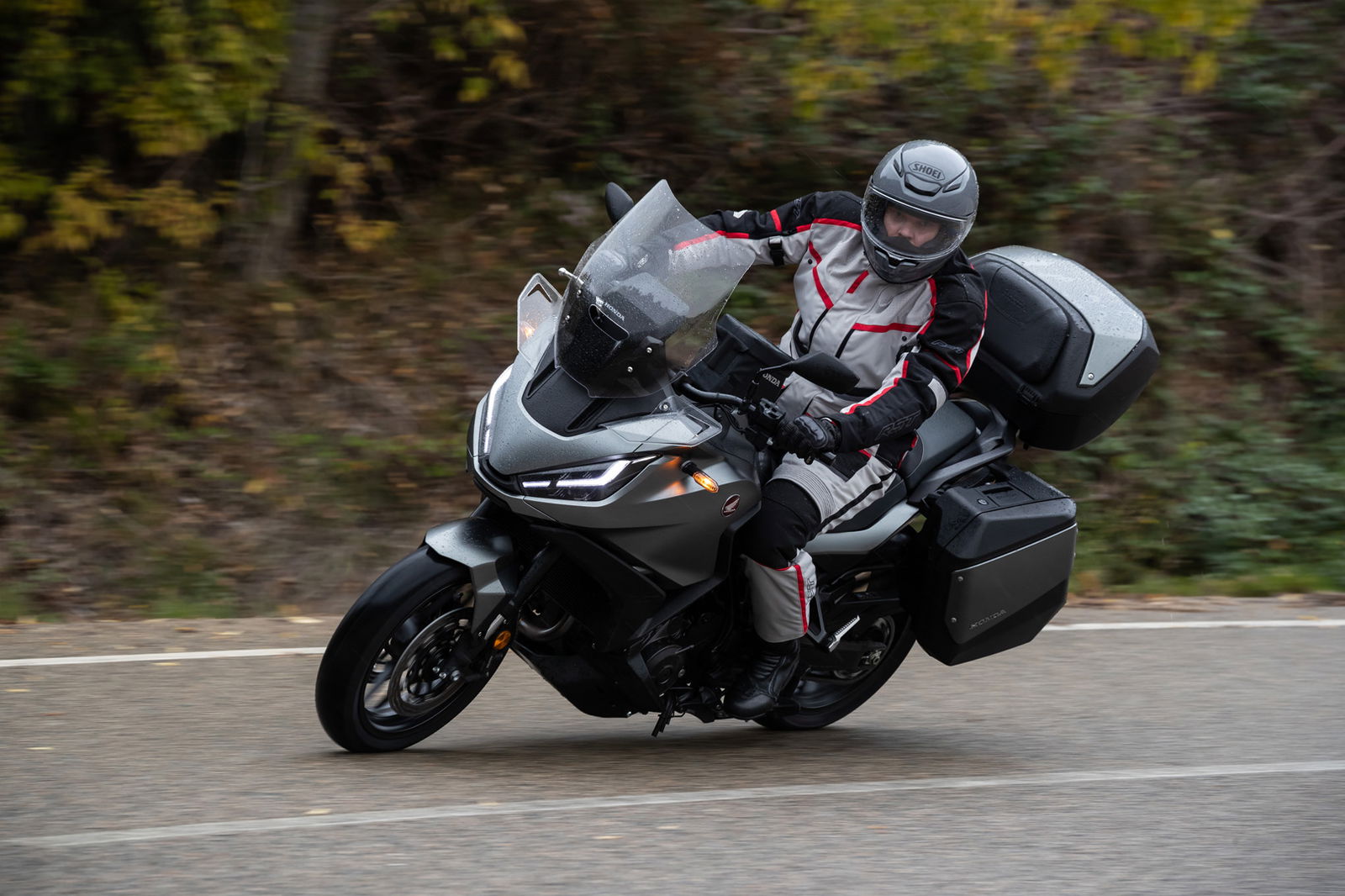
With a touring hat on, the NT1100 just edges it on handling thanks to smooth dialled in suspension and braking.
Touring capabilities
You’ve got an 18-litre tank on the Tracer 9 GT, reported to give you just over 200 miles range, 10-step heated grips to keep yourself toasty, and hard side-cases utilising a fully floating carrier system that WILL fit a full helmet. An almost infamous twin 3.5” TFT dash displays the basic info in LCD format. Whilst the adjustable screen is okay, but can get a bit windy even when tucked behind it. It's two minor niggles.
The NT1100 has a larger 20.4-litre tank, has a claimed 250-mile range to empty. The 6.5” touchscreen is simply a delight, has Android Auto and Apple CarPlay connectivity, and a dedicated ‘Africa Twin’ display underneath always relaying your speed. Panniers are small, mind, and won’t quite fit a large helmet. The adjustable screen does its job well, creating a weather-proof cocoon with 5-step heated grips keeping your mitts toasty.
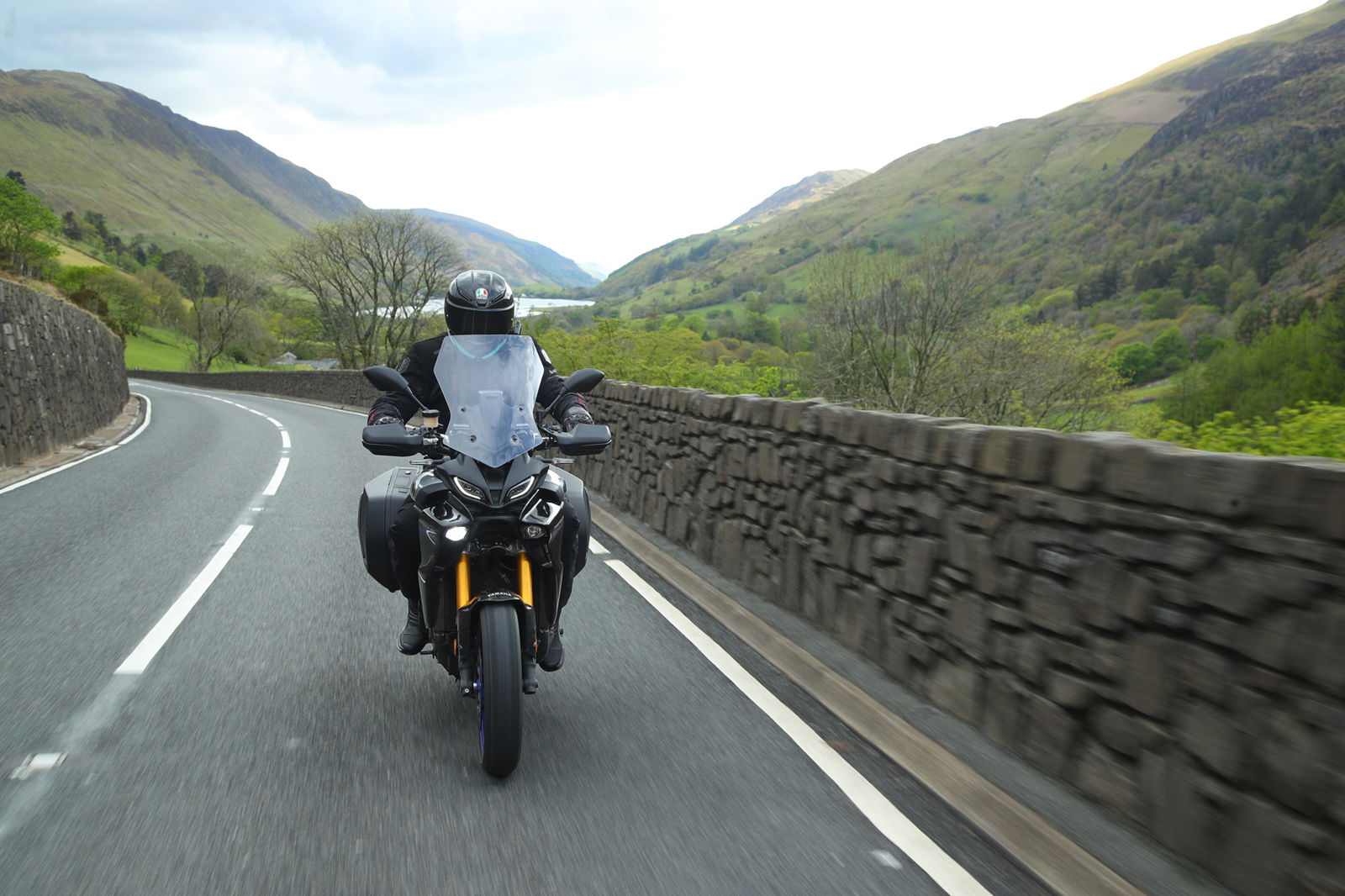
Riding two-up on either machine promises supreme comfort. Two slightly different approaches, but I think the NT1100 just pips it here - the TFT screen is a game-changer that just edges it for me, and it’s that bit more comfortable long-distance.
Electronics & spec
As mentioned, the Tracer 9 GT has a supreme electronics setup with six-axis IMU and semi-active suspension, an up-down quickshifter, LED cornering lights, and cruise control. It’s a spaceship by all counts.
Honda’s tourer boasts the popular unique Dual Clutch Transmission setup, which can be flicked to manual or auto depending on what you need and doing a top job at it - clicking through gears faster than a quickshifter could ever dream. It has cruise control, but no six-axis IMU carried over from the Africa Twin - Honda didn’t find that necessary.
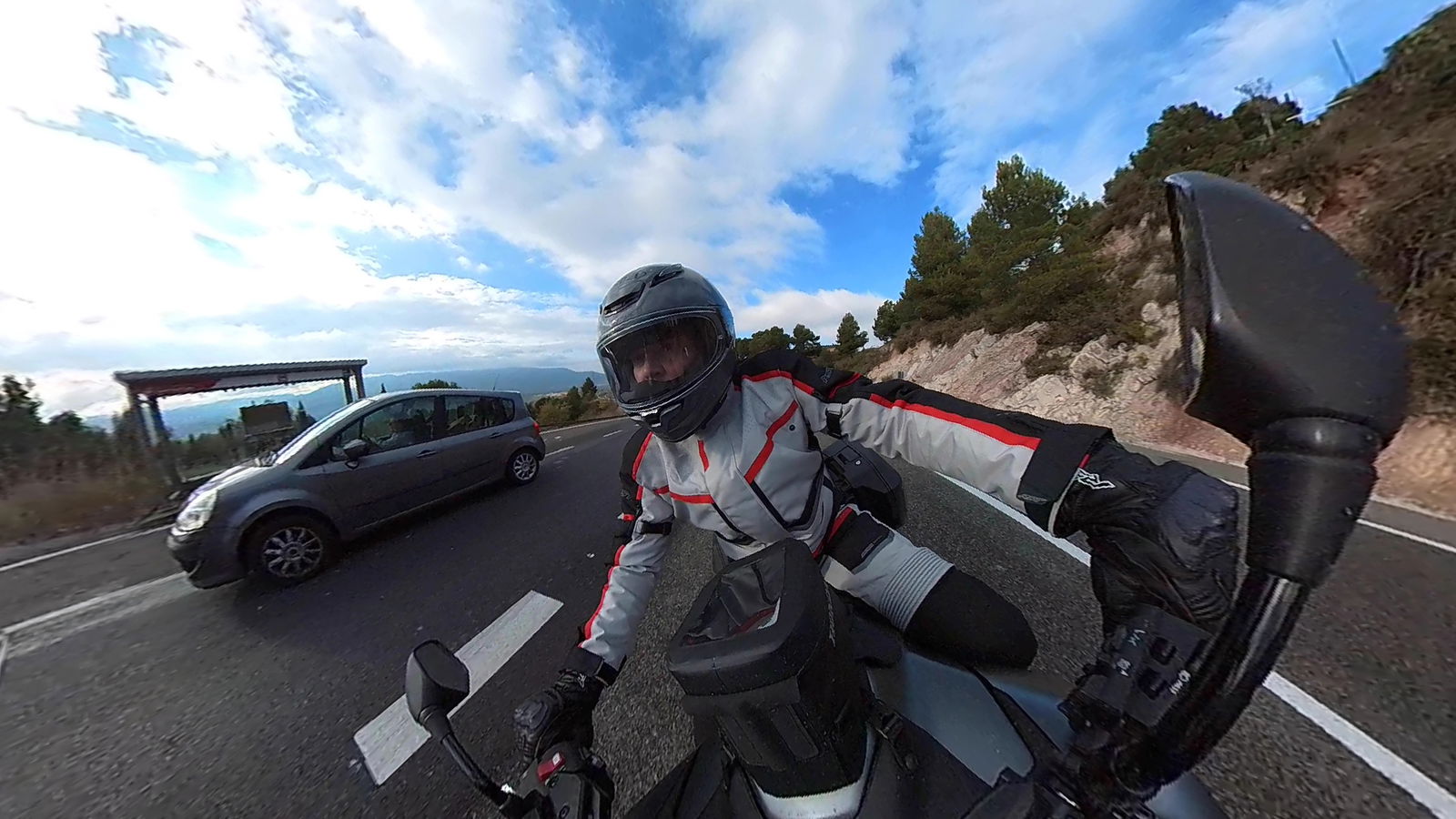
Tracer 9 GT wins in the electronic wizardry category.
Style & fun factor
These 2 categories are a bit of a personal bag: fun factor, style.
Colours: the Honda comes in Grey, White or Black - very muted. The Yamaha comes in an R1M-esque ‘Icon performance’ grey & black, ‘tech kamo’ grey-green, and a red. Lary. For style I prefer the Tracer 9 GT, simply put.
In terms of fun, both do a top job on the roads, with the Tracer 9 GT keeping one foot in the lary box for a sporty and thrilling ride. Honda’s tourer is far more sensible, still great fun… but not quite as fun (for me) as the Yamaha.
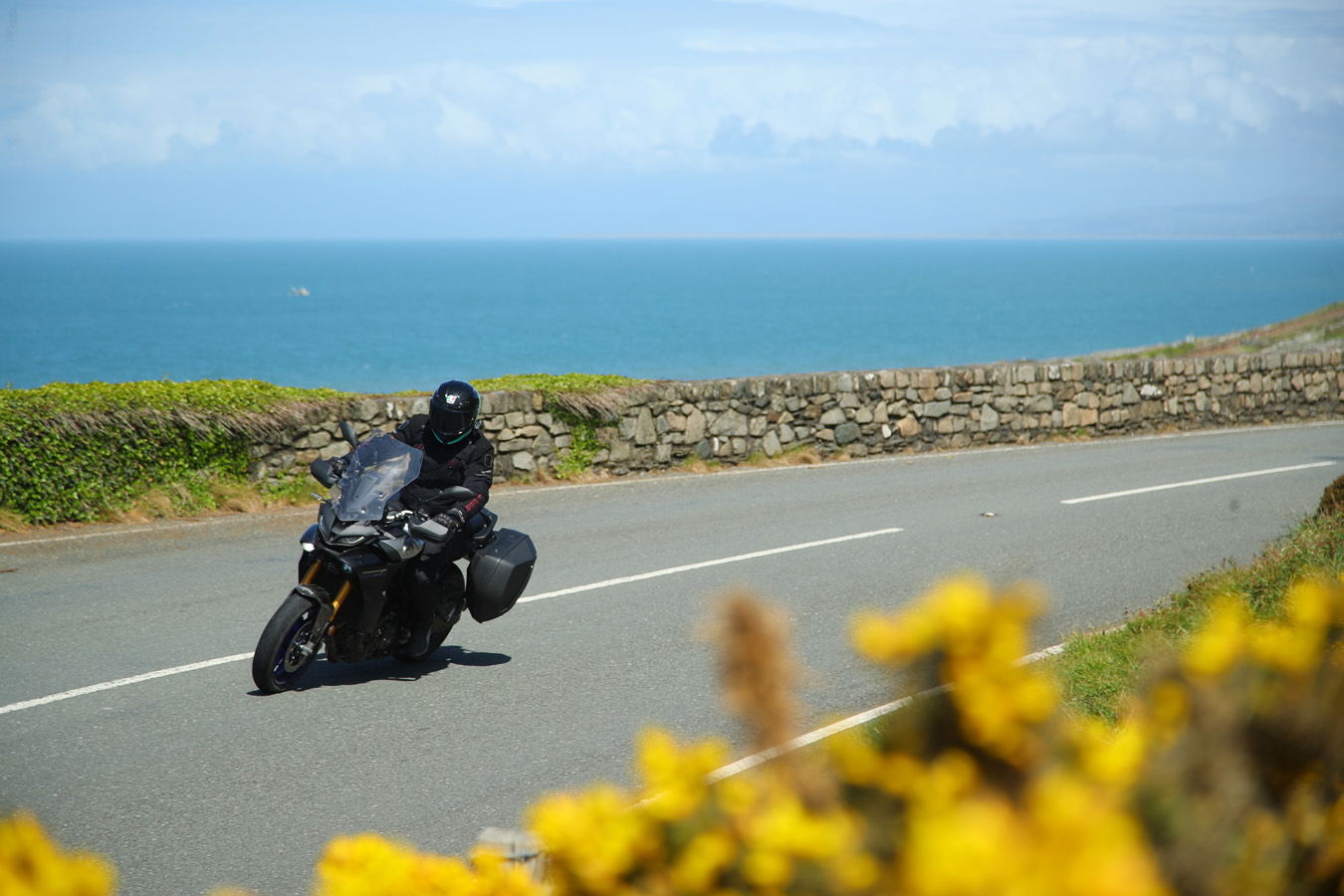
Price
Based on today's prices, the base model 2022 NT1100 is £11,999, with DCT it is £12,999.
The 2021 Tracer 9 GT is £12,300 - for comparison, the base model Tracer (with far fewer bells & whistles) is £10,300.
Of course, you can delve into accessories & bonus bits, but I think we have to chalk up a win for the NT1100, juuust edging out the GT on base price if you don’t go for the weighty-yet-mighty DCT option. But you get a lot for your money with the Tracer 9 GT.
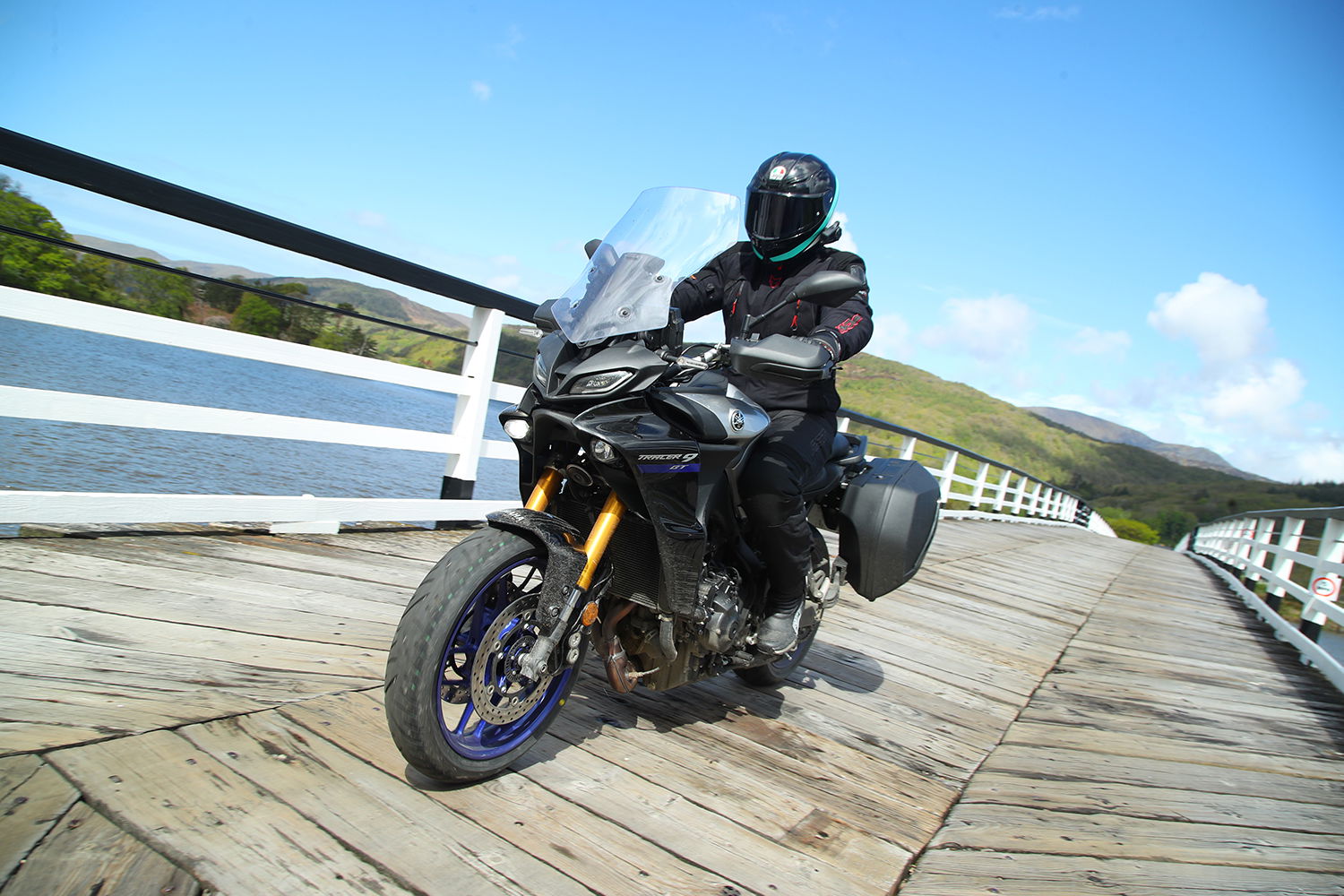
Verdict
Tallying the points, it appears the Yamaha Tracer 9 GT is our sports tourer winner - and to be fair I’d pick it as my personal winner. But it’s incredibly close, both platforms offer serious touring capability - and if you’re in the market, only a test ride of both will give you the answer you’re looking for.
You could easily make an argument for the Honda NT1100 being the better tourer if you value that bit of bonus comfort, DCT and a better screen!
But, our winner today is the almighty Yamaha Tracer 9 GT.
